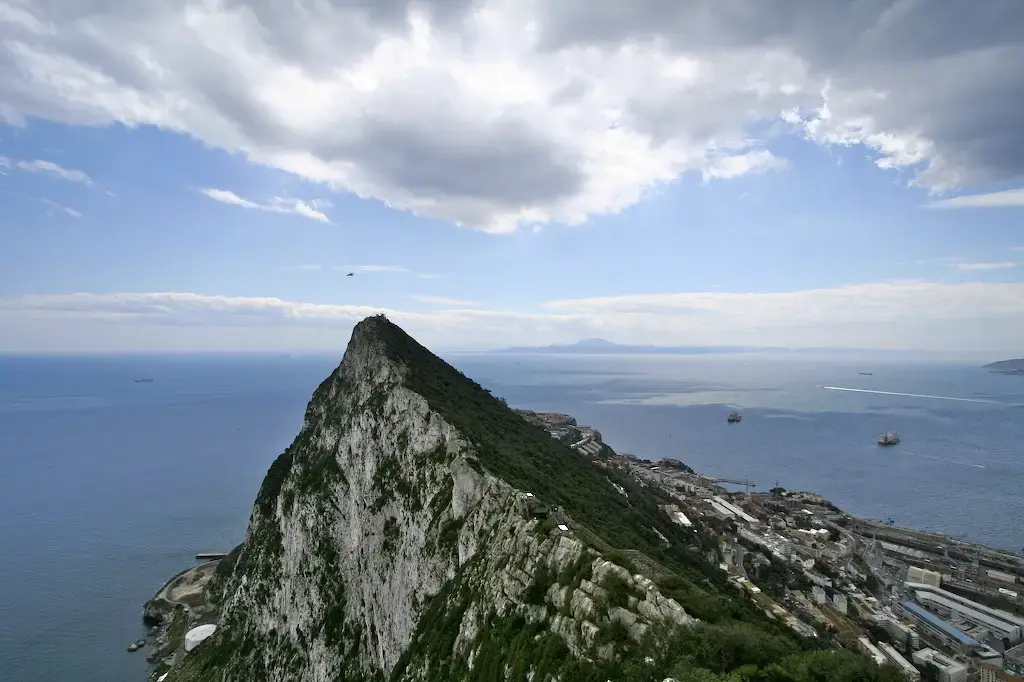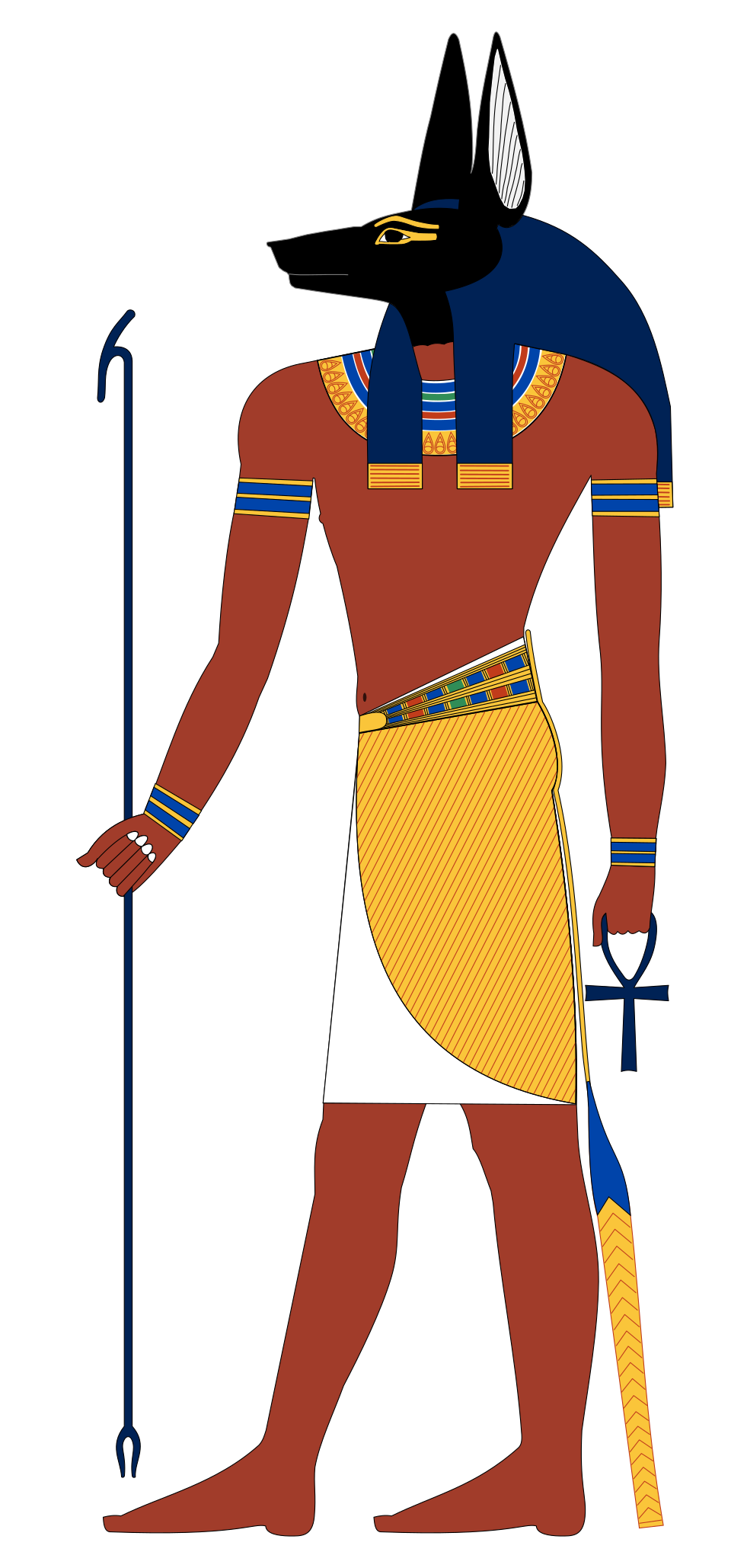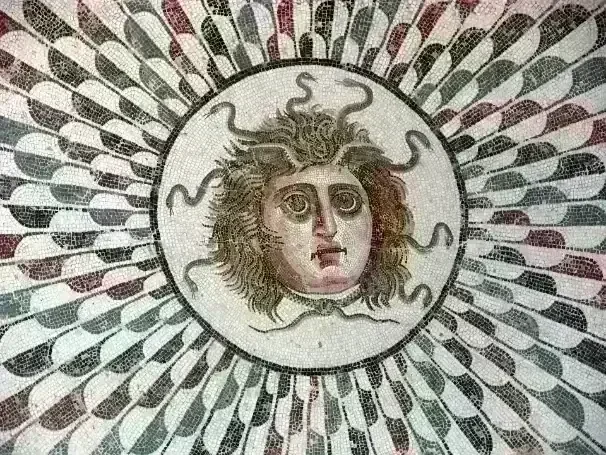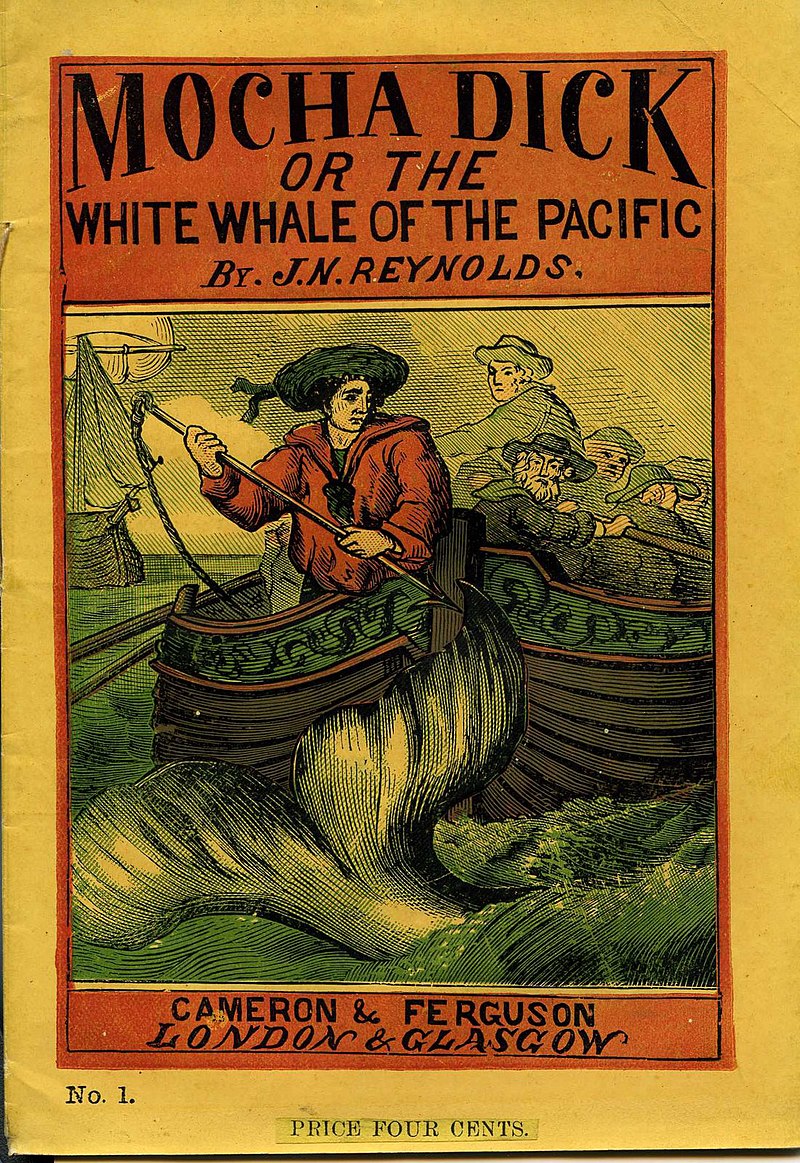Pillars of Hercules

The Pillars of Hercules mark the dramatic entrance to the Strait of Gibraltar. The northern Pillar is clearly identified as the Rock of Gibraltar (Calpe Mons), while the southern Pillar (Abila Mons) remains contested between two prominent candidates: Monte Hacho in Ceuta and Jebel Musa in Morocco. This geographical landmark was well-known in ancient times, appearing in Pliny the Elder's encyclopedic work Naturalis Historia.
Greek mythology connects this site to Hercules' tenth labor, where he journeyed to the western edge of the known world to capture Geryon's cattle. The earliest reference comes from a fragment of Pindar's poetry, quoted by Strabo, describing these pillars as the "gates of Gades" and marking the farthest point of Hercules' travels. The close association between Hercules and the Phoenician god Melqart has led some scholars to suggest the "Pillars of Melqart" at the temple near Cádiz (ancient Gades) might be the authentic Pillars of Hercules.
In Plato's writings, the legendary Atlantis lay beyond these pillars. Renaissance tradition claims they bore the warning Ne plus ultra ("nothing further beyond"), cautioning sailors against venturing further into the Atlantic.
Roman mythology offers a dramatic origin story: Hercules, rather than climbing the mountain that was once Atlas during his journey to the garden of the Hesperides, used his immense strength to break through it. This act supposedly created the Strait of Gibraltar, connecting the Atlantic Ocean with the Mediterranean Sea. The resulting split formed Gibraltar on one side and either Monte Hacho or Jebel Musa on the other.
Diodorus Siculus presents an alternative version, suggesting Hercules merely narrowed an existing strait to protect the Mediterranean from Atlantic monsters. Other accounts claim Hercules built the pillars to support the sky, freeing Atlas from his eternal burden.


